Sam is to be a smart solar charge monitor and controller with extras.
SAM will:
-monitor the voltage and current on my solar panels
-monitor the voltage and current on my batteries
-monitor the temperature of the panels and system
-monitor the light levels of the sun
-move the panels to stay in the sun
-charge the battery with an arduino mppt charger if time permits.
-turn on devices like garden lights, water pumps, lawn ornaments, or even model rockets.
-Store all the sensor data to sd card
-Upload data sets to solar.pxn.ca via wifi.
-Display the current status on an lcd
Where am I at today:
Much of the rough hardware is now completed, I need to put it all together and finish work on the software.
SAM consists of:
- Arduino Mega
- cc3000 wifi shield
- 12V 8x Relay board
- Sunforce Charge Controller
- Voltage & Current sensors
- Temp Sensors
- Alarm
- Lcd Display
- Solar panels and batteries
- Linear actuator
- Sun tracker module
What code can be open sourced will be open sourced as it becomes polished.
The current online instance at http://solar.pxn.ca is just for testing/proof of concept, (though is mostly functional)
Arduino libraries will be used for wifi c30000 , lcd display and possible more.
A database abstraction library might be used on the web side to ease database interaction.
More will be known about the software license compatibility as it's developed.
 Emerica
Emerica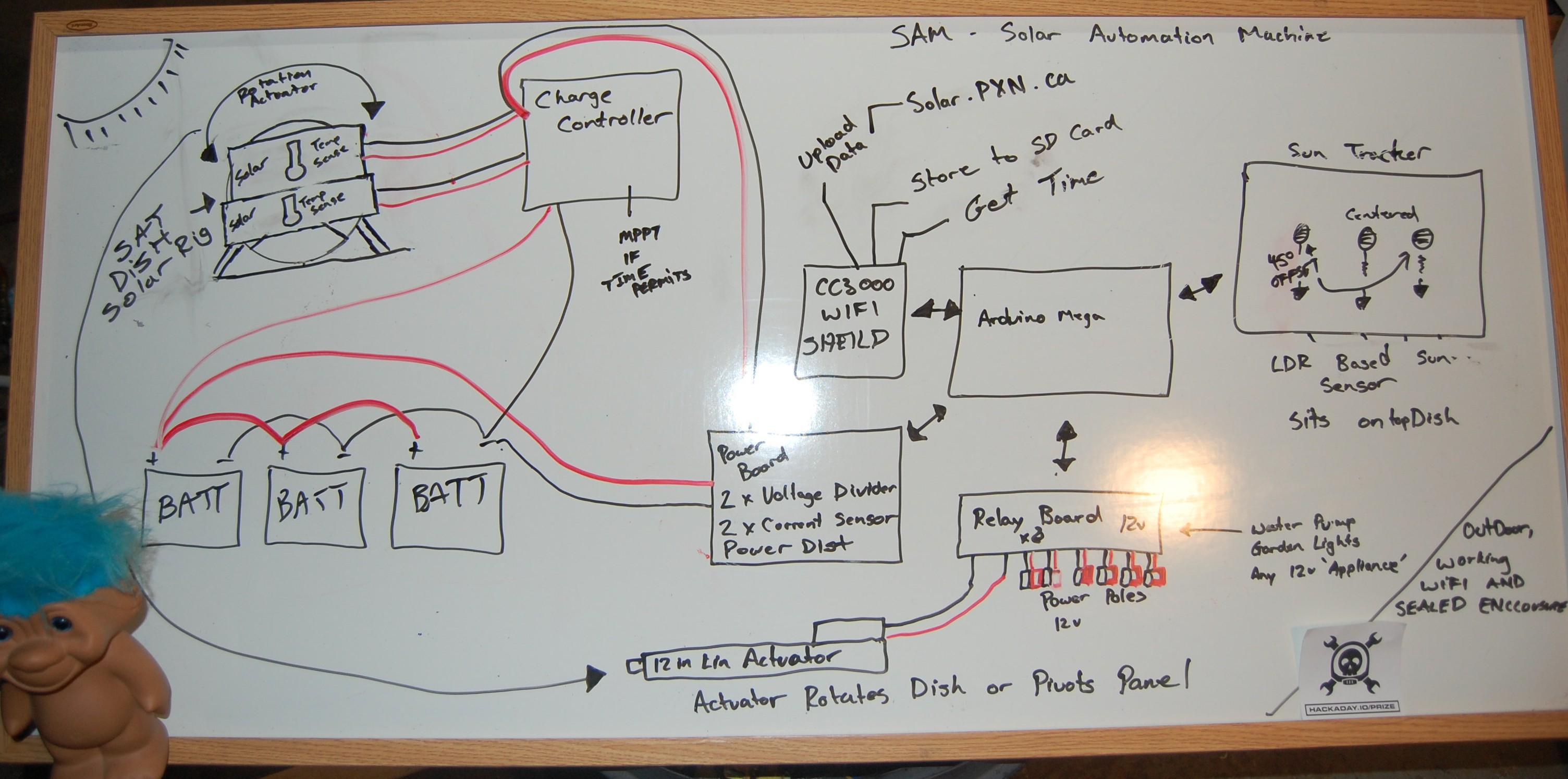
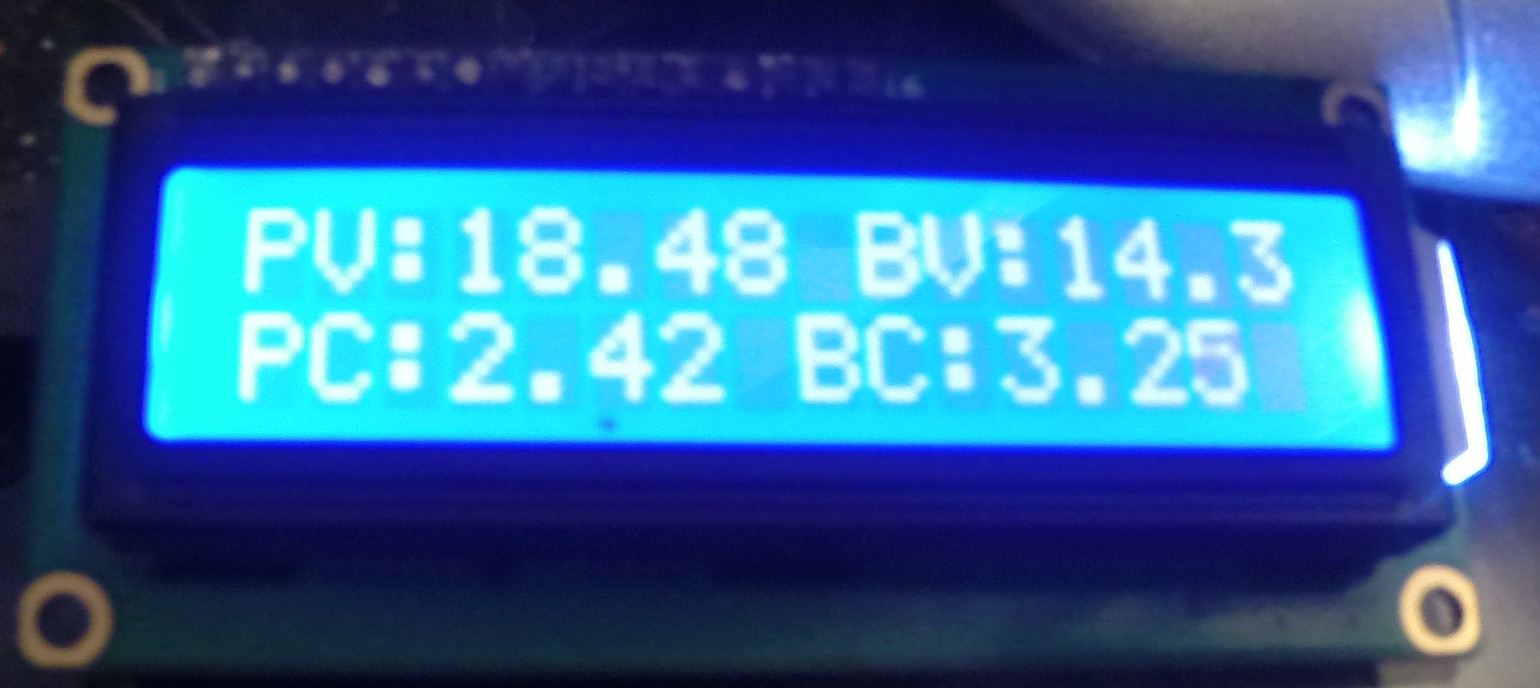

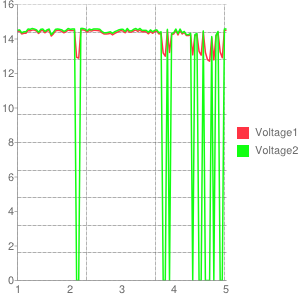
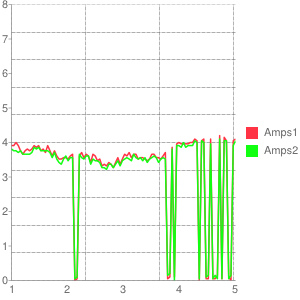
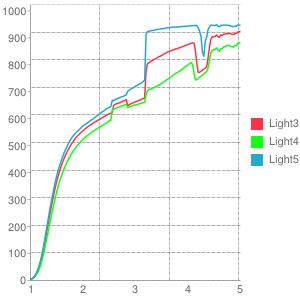
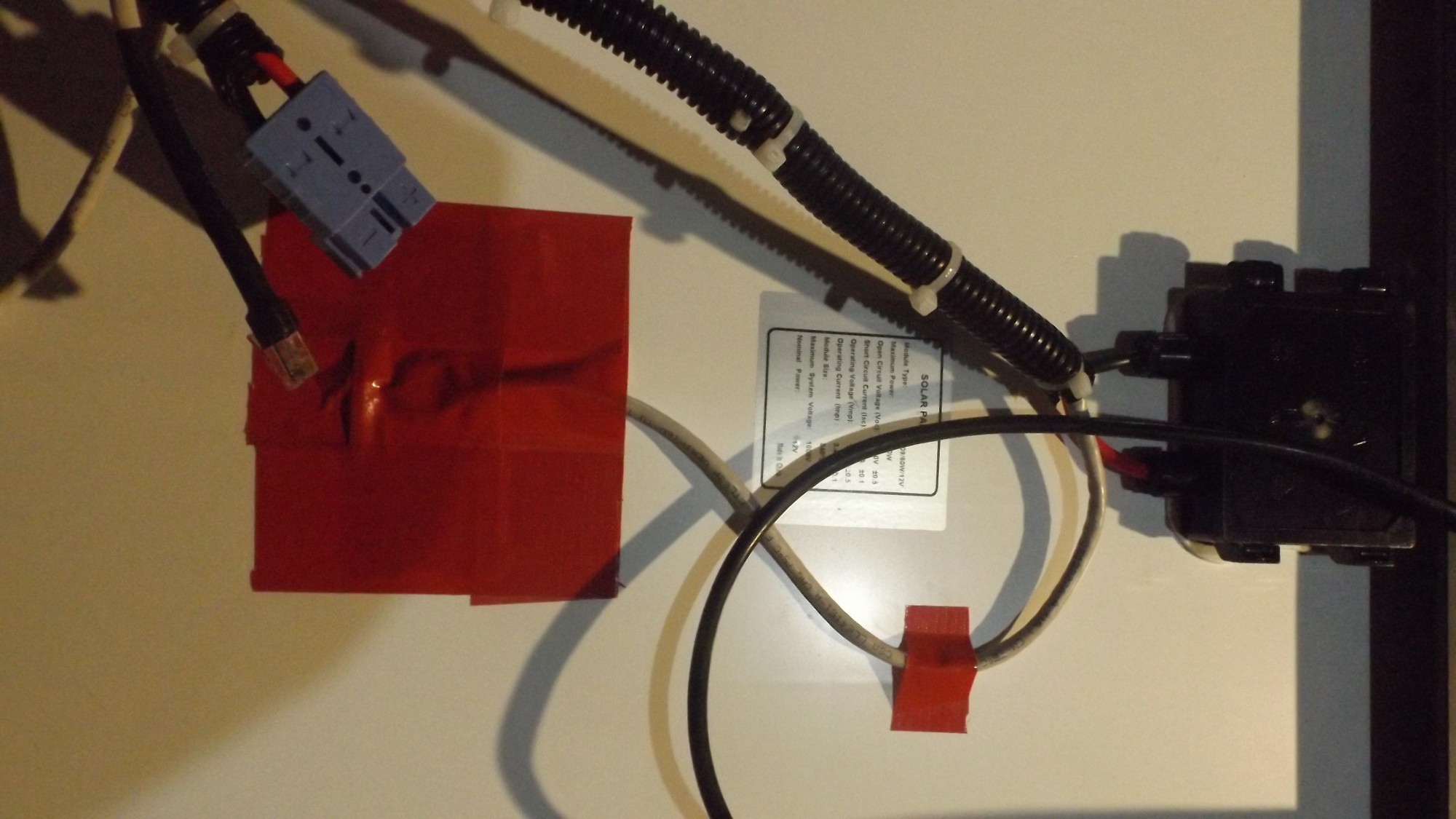 The small strip to hold it while I got the rest of the tape down.
The small strip to hold it while I got the rest of the tape down.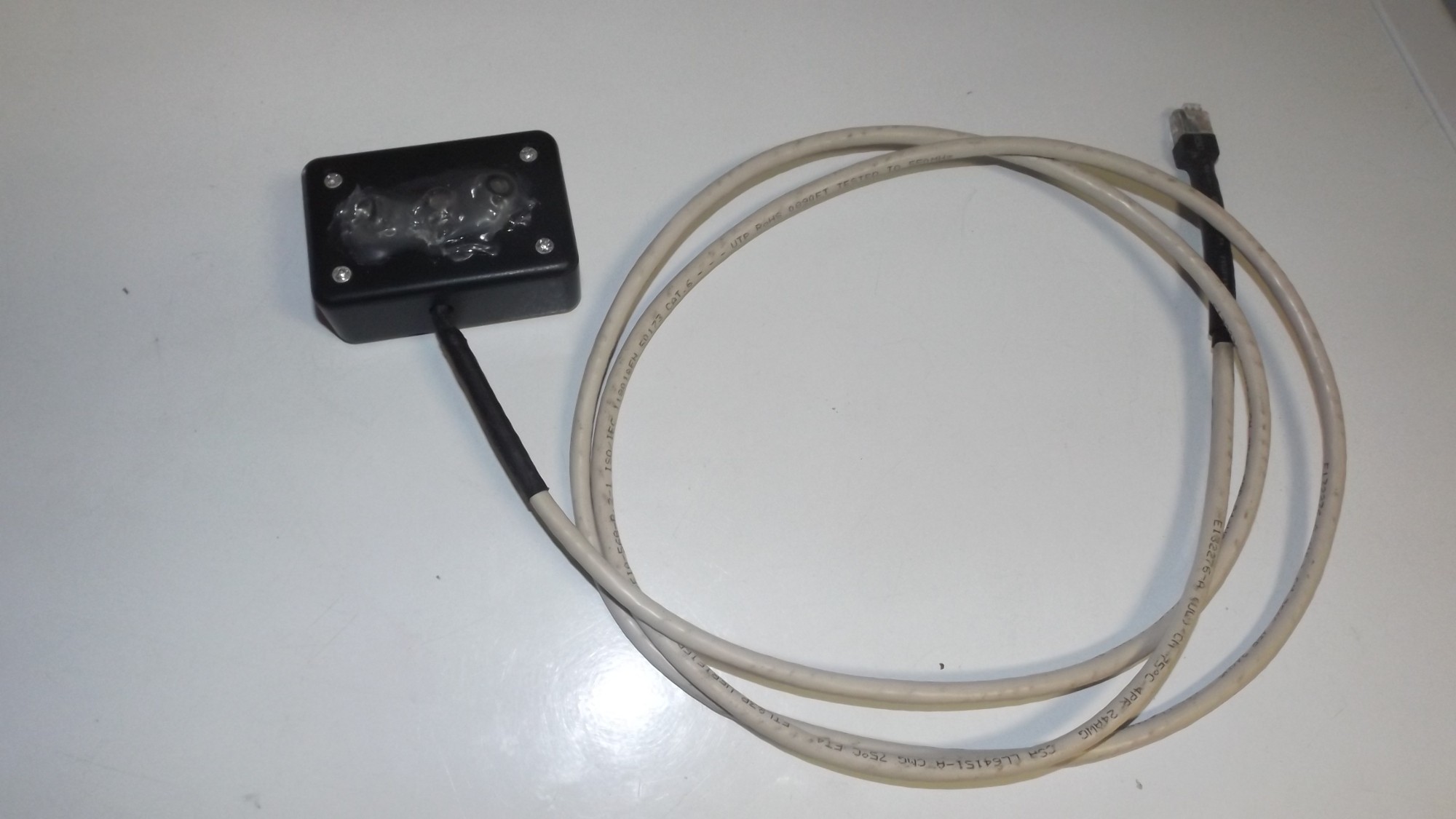
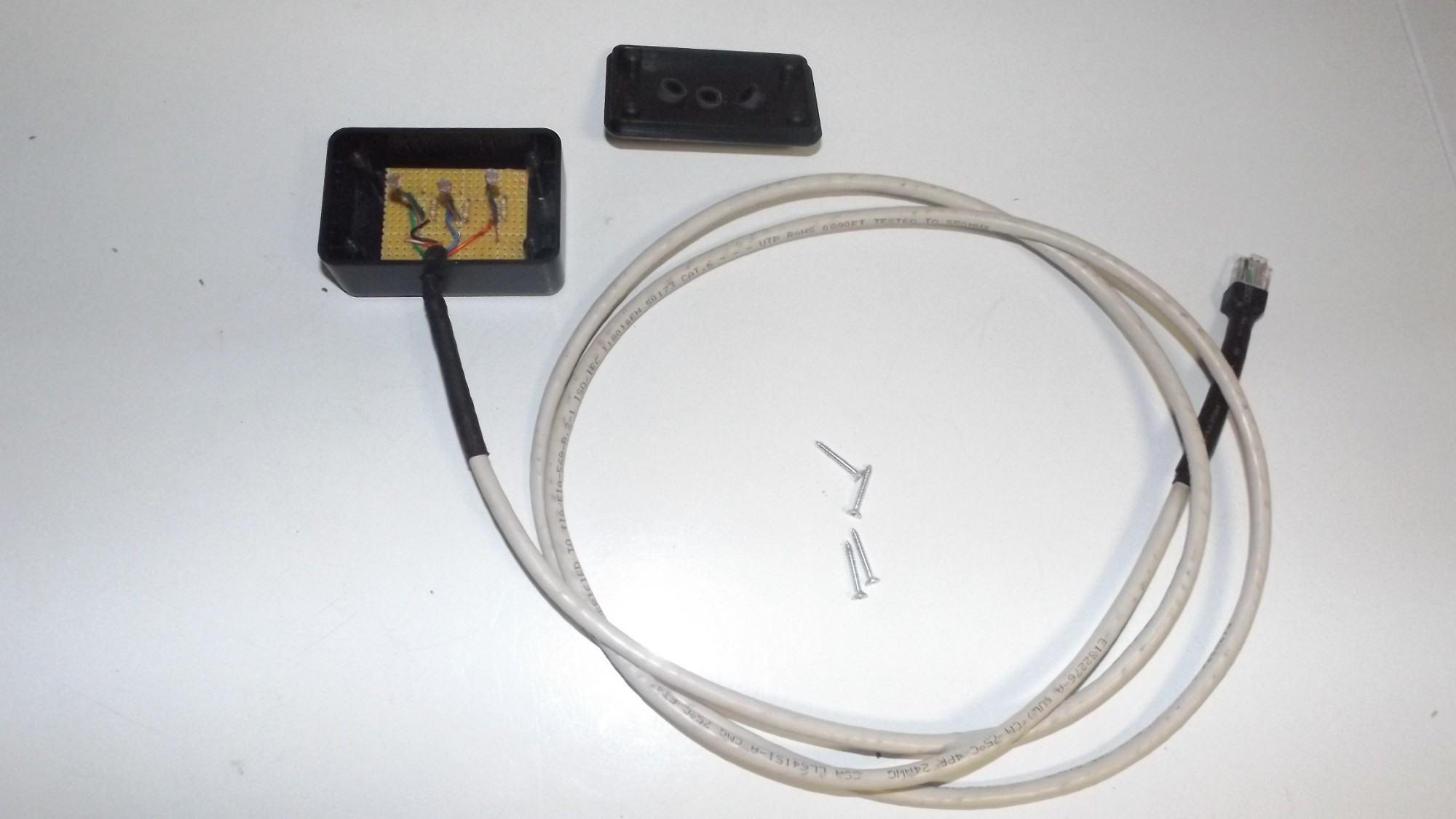
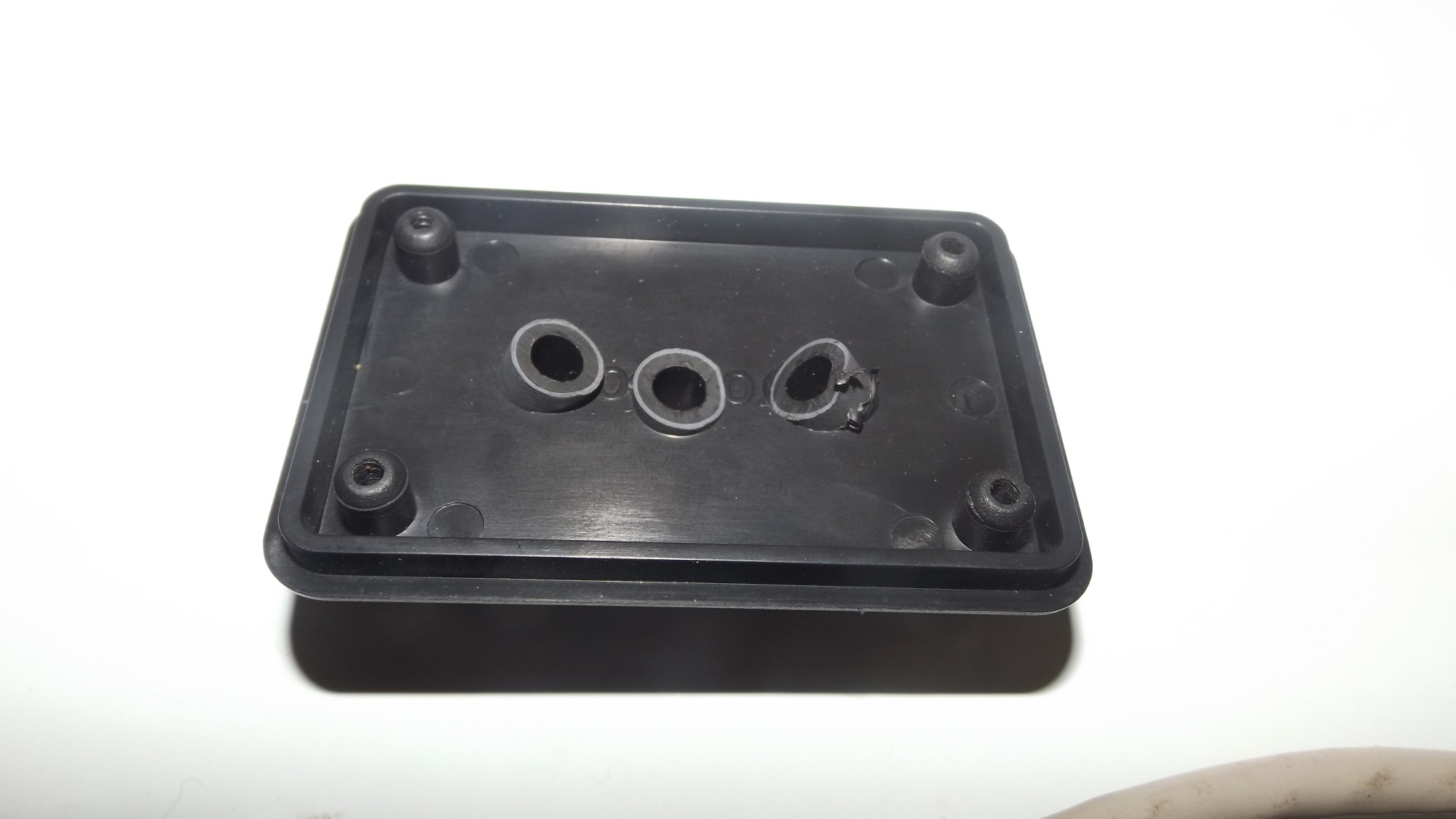
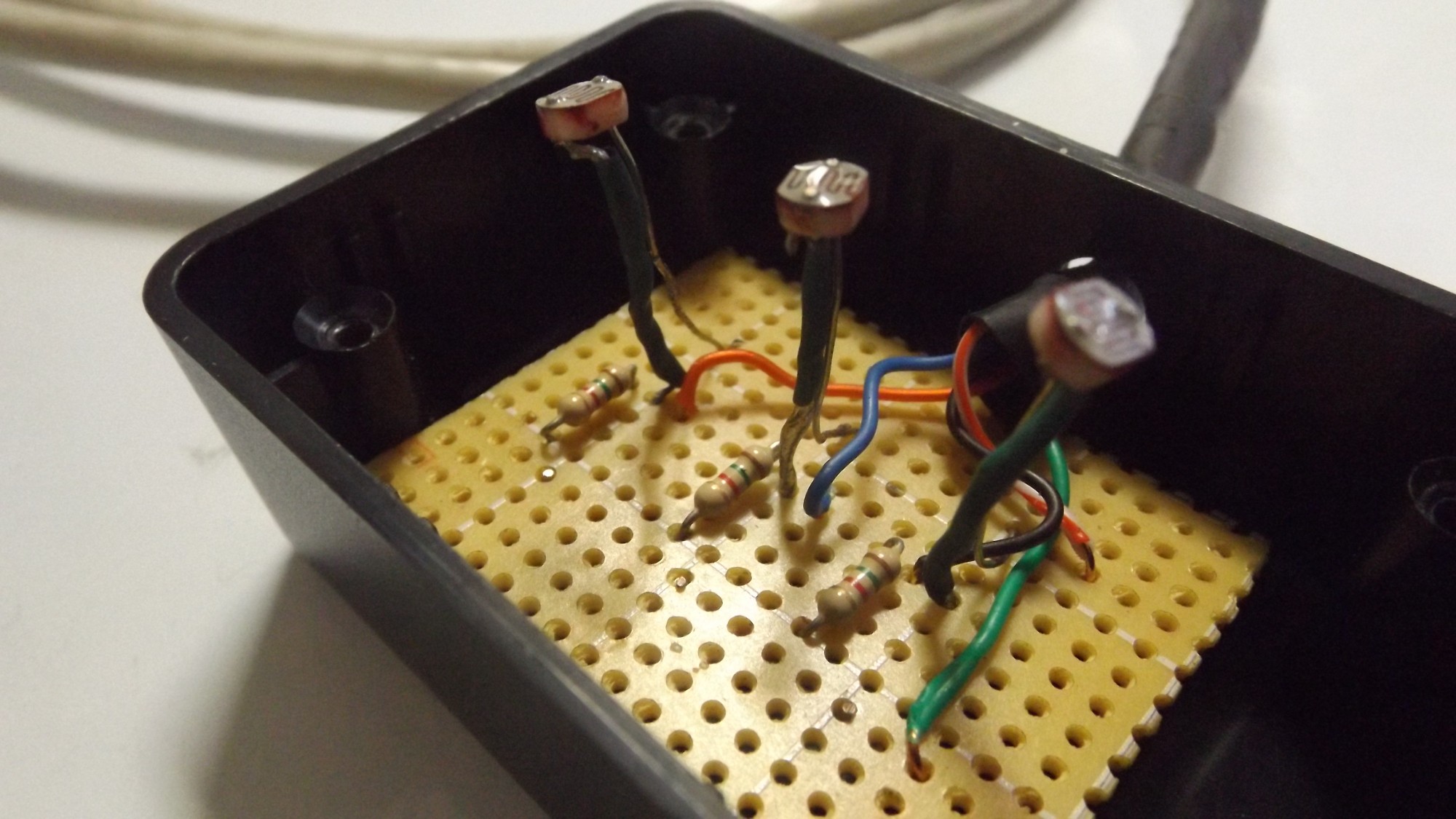


It also gives me the creeps. I know I turned off the cooker, but the thought of losing everything makes me question my judgment. I may feel calmer just by staring at my smartphone in this way. Visit our website at https://www.customlanyards.ae/ to see the lanyards that I am designing